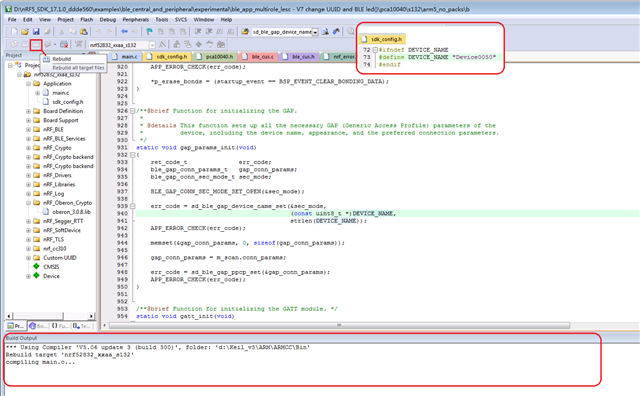Hello Nordic Engineer,
I know that I can modify #define DEVICE_NAME "device001" in sdk_config.h, but it takes a lot of time to compile and flash the program every time. It seems like there should be another way to quickly solve this.
【1】Is it possible to modify it through the iOS nRF Connect app, but with a prerequisite? Do I need to add some code in the 52811 program? (My product uses nRF52811)
【2】Can it be solved through the command line with J-Link? But I've never used the command line before...
【3】Are there any other methods? I just want to solve the problem quickly, and I don't mind how many methods there are.
Thanks



